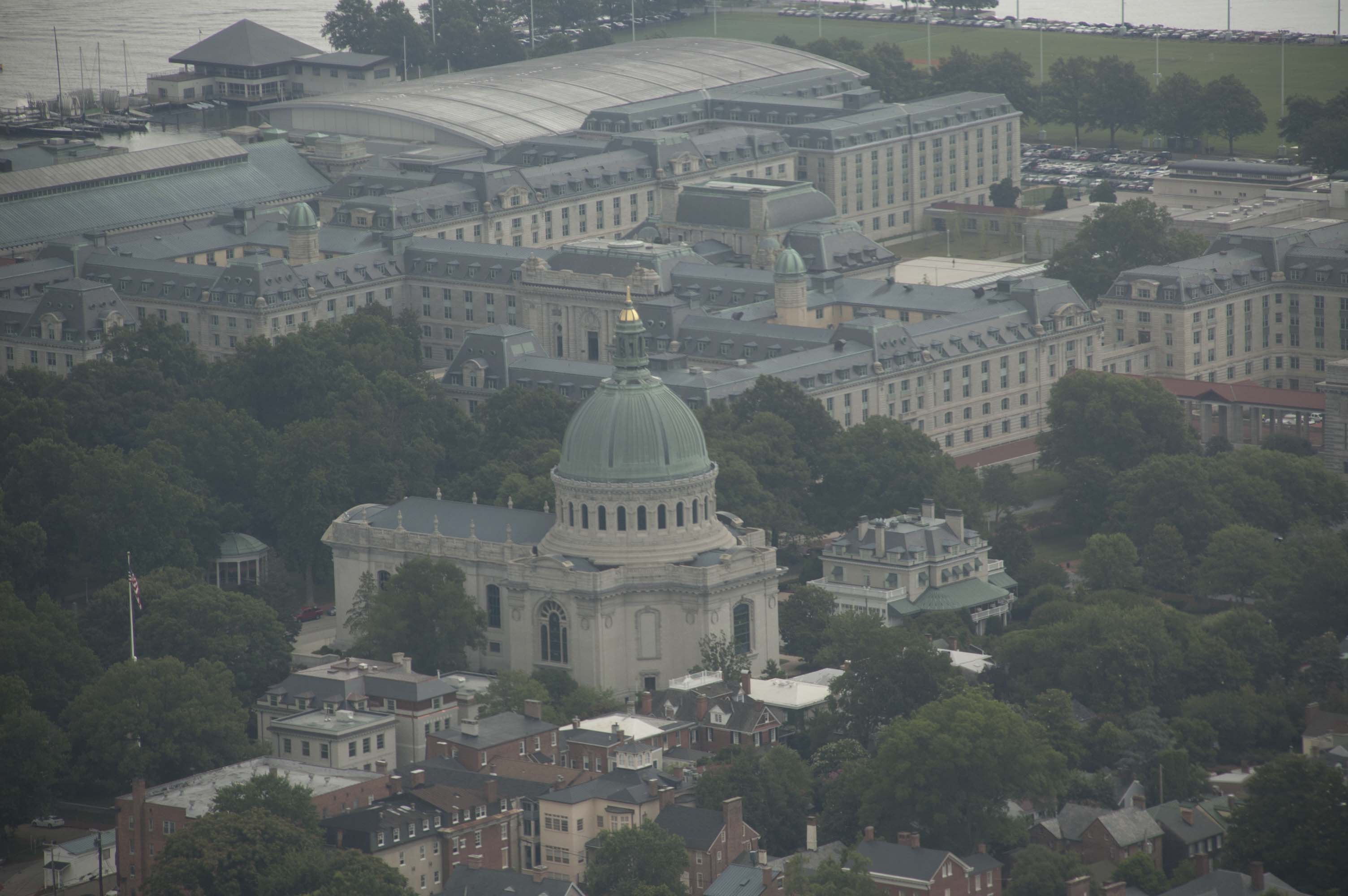
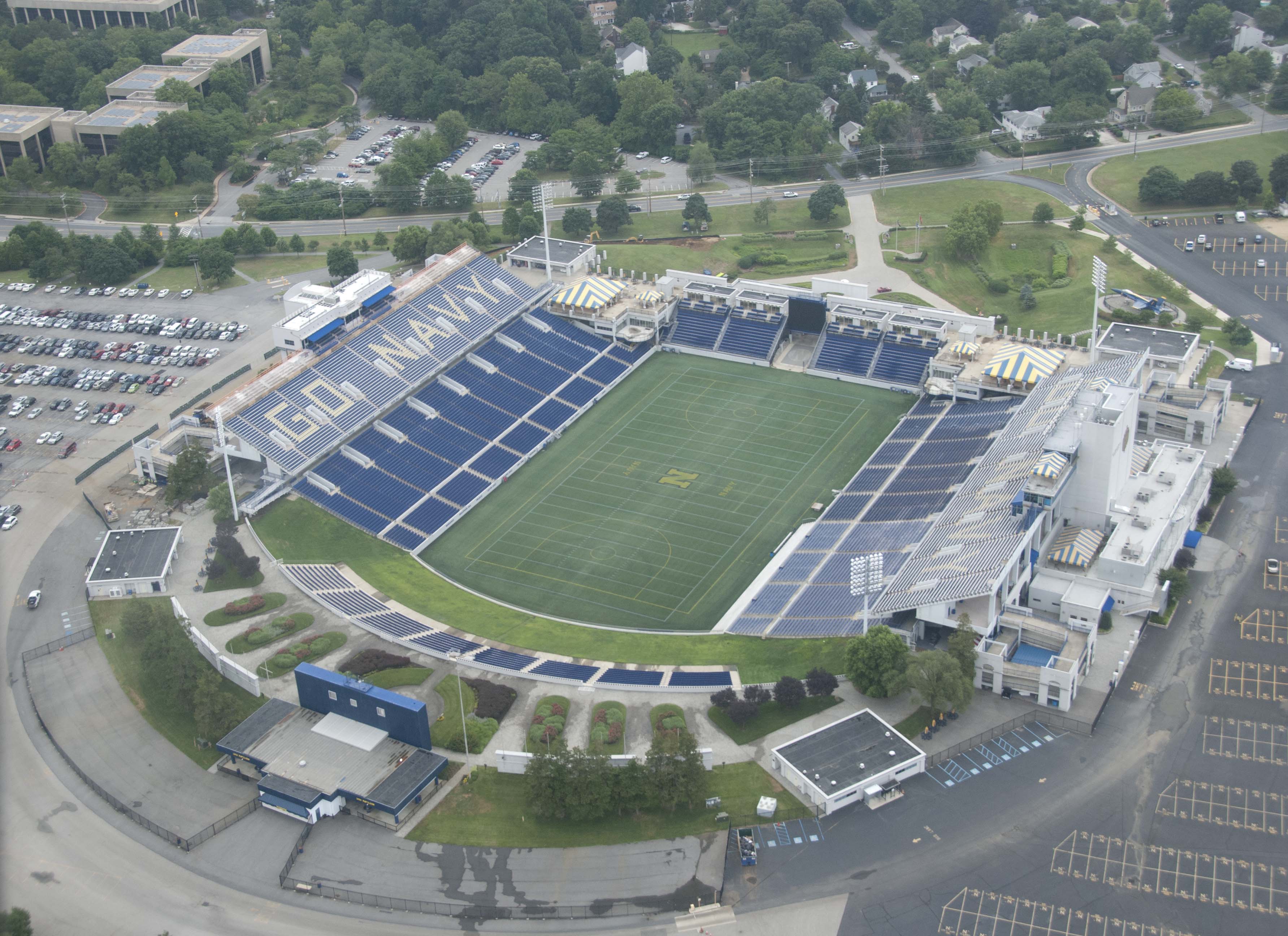
Annapolis is the state capital of Maryland as well as the site of the United States Naval Academy. The domed building the Academy chapel not the State House.
Greene County, PA Harper's Ferry, WV Baltimore and St. Michaels, MD Williamsburg and Jamestown, VA Charlottesville, VA
Skyline Drive (Shenandoah National Park), VA Hartford, CT Old Sturbridge Village, MA
John was born in Baltimore, Maryland a long time ago. So when we visit our granddaughter Nora and her parents Renee and Alex, it is a homecoming in more than one sense. We arrived in the Baltimore area on Thursday afternoon. Renee and Alex both work and Nora is in daycare, so Friday was an "option" day for us to entertain ourselves until after work.
John had been watching the weather forecasts all week and it looked like Friday morning would have good enough visibility for our optional plan -- chartering a helicopter to view Annapolis and downtown Baltimore from the air. John made the reservation via Internet from Waynesburg earlier in the week for a 10AM flight from Tipton Airport in Ft. Meade, Maryland (Coordinates: 39.088145, -76.757627). It turned out that the weather was not great -- the morning mist had not dissipated, especially over Annapolis and the Chesapeake Bay Bridge -- and thus the ceiling and light level were not as high as we would have liked. The weather improved as the flight proceeded.


Annapolis is the state capital of Maryland as well as the site of the United States Naval Academy. The domed building the Academy chapel not the State House.

Just north of Annapolis is the Chesapeake Bay Bridge, for many years the only bridge over Chesapeake Bay (until 1964) and a single span (until 1973).
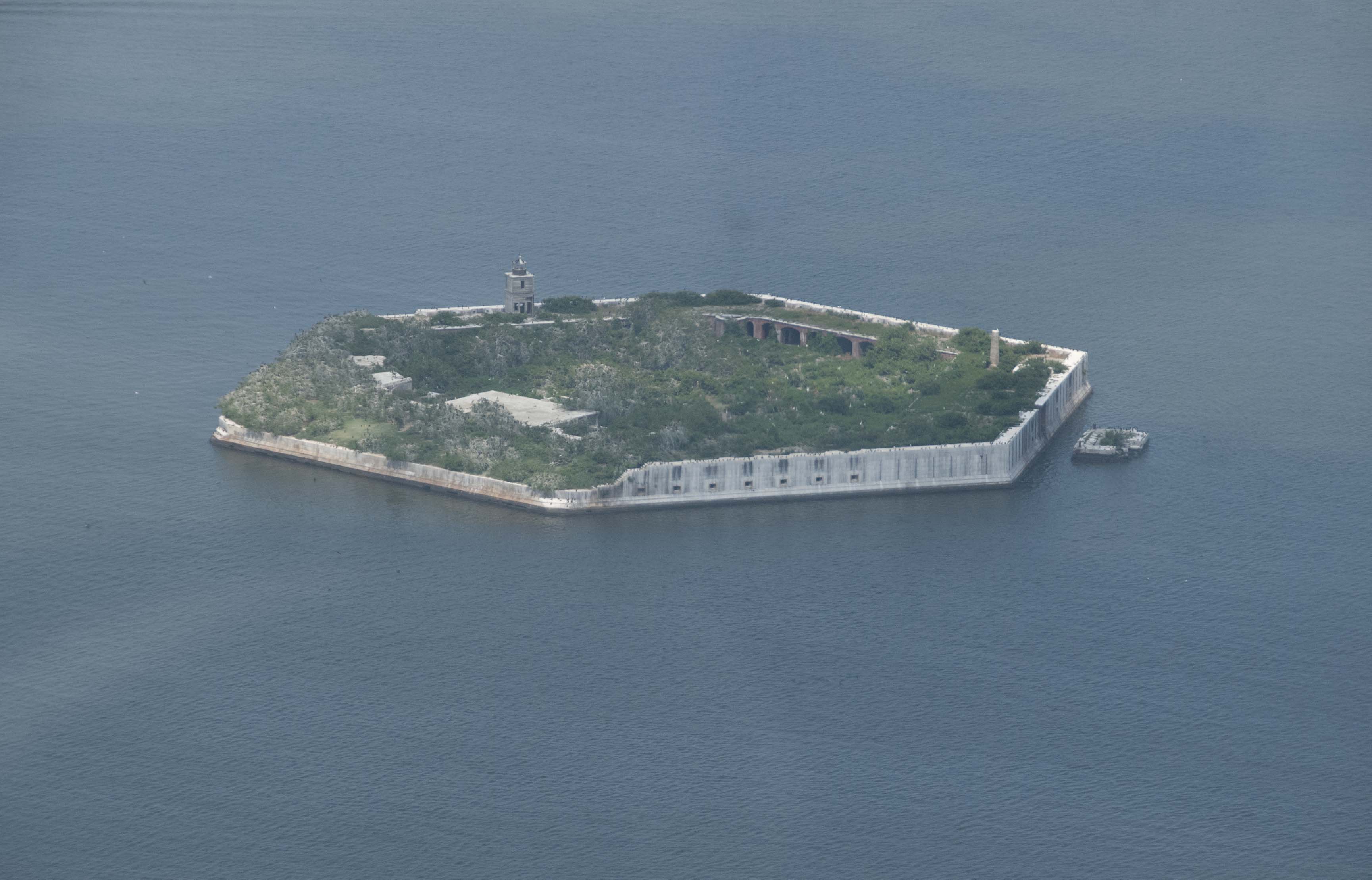
At the entrance to Baltimore Harbor is Fort Carroll, an outer harbor defense structure constructed in 1847 and designed by Robert E. Lee.
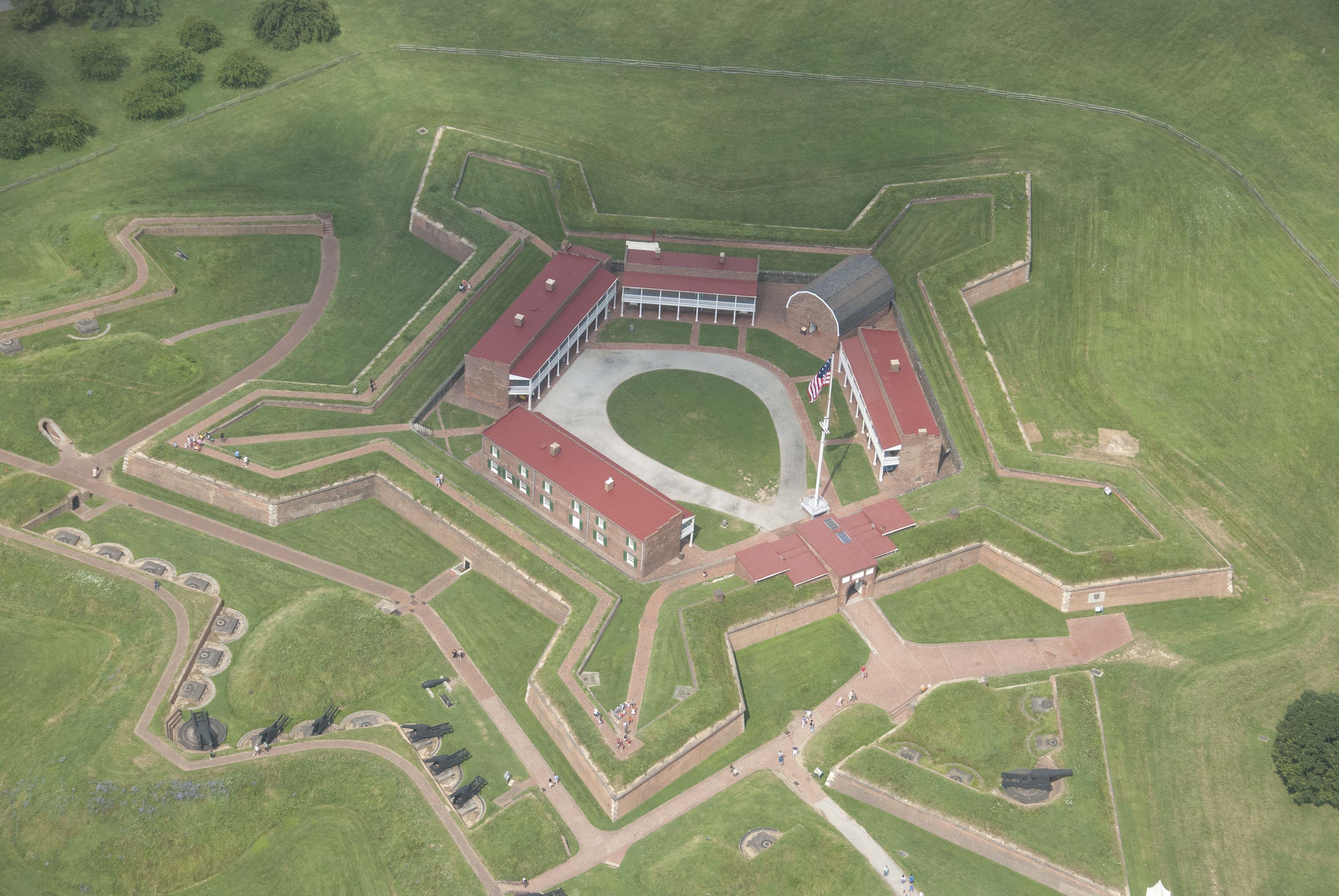
Fort McHenry (see also) guards the inner harbor of Baltimore. We visited it on the ground in early Spring 2012 with Alex and Renee. It is site where the "star-spangled banner" flew withstanding the British bombardment in September 1814.
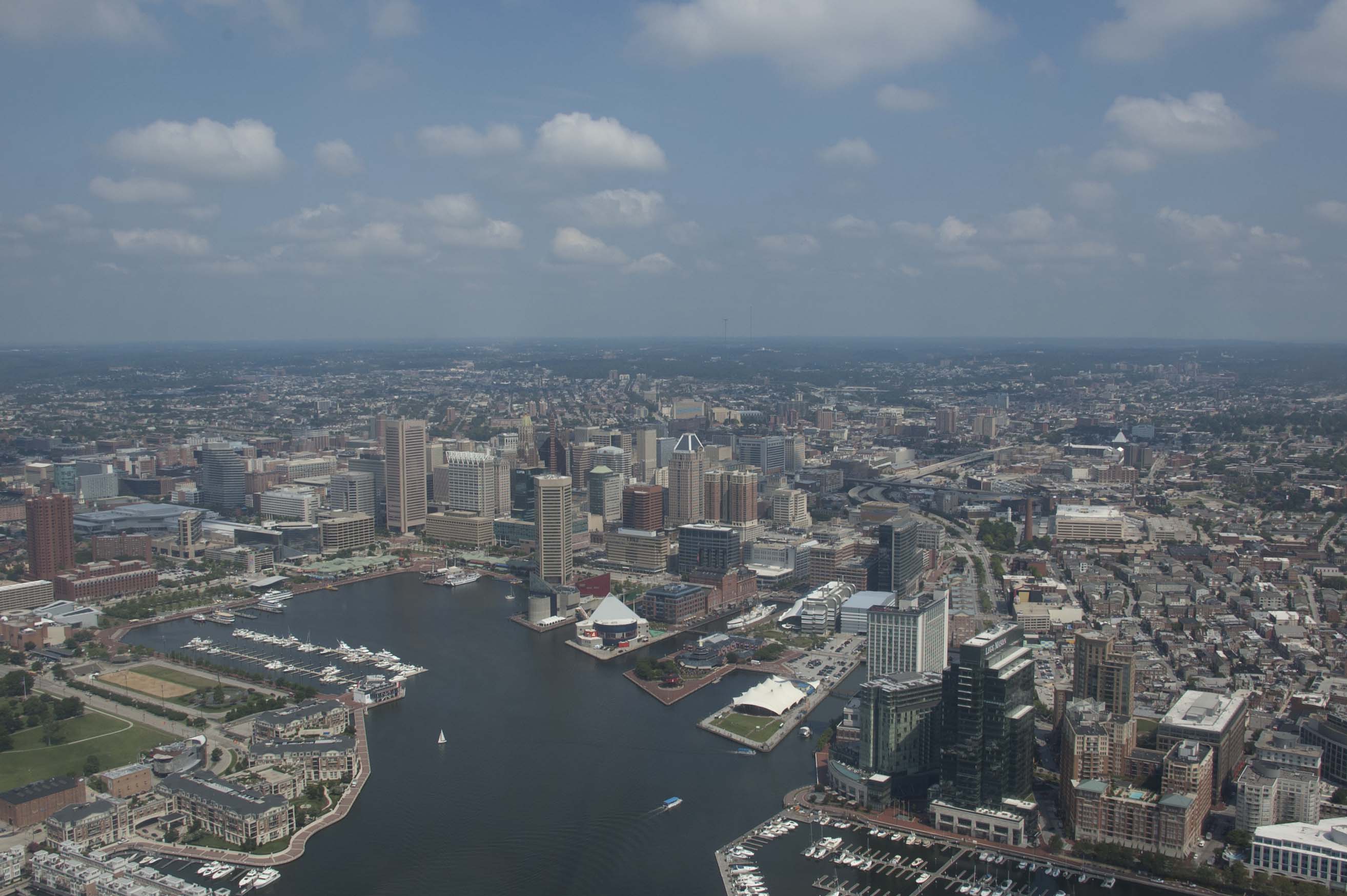
The Inner Harbor of Baltimore
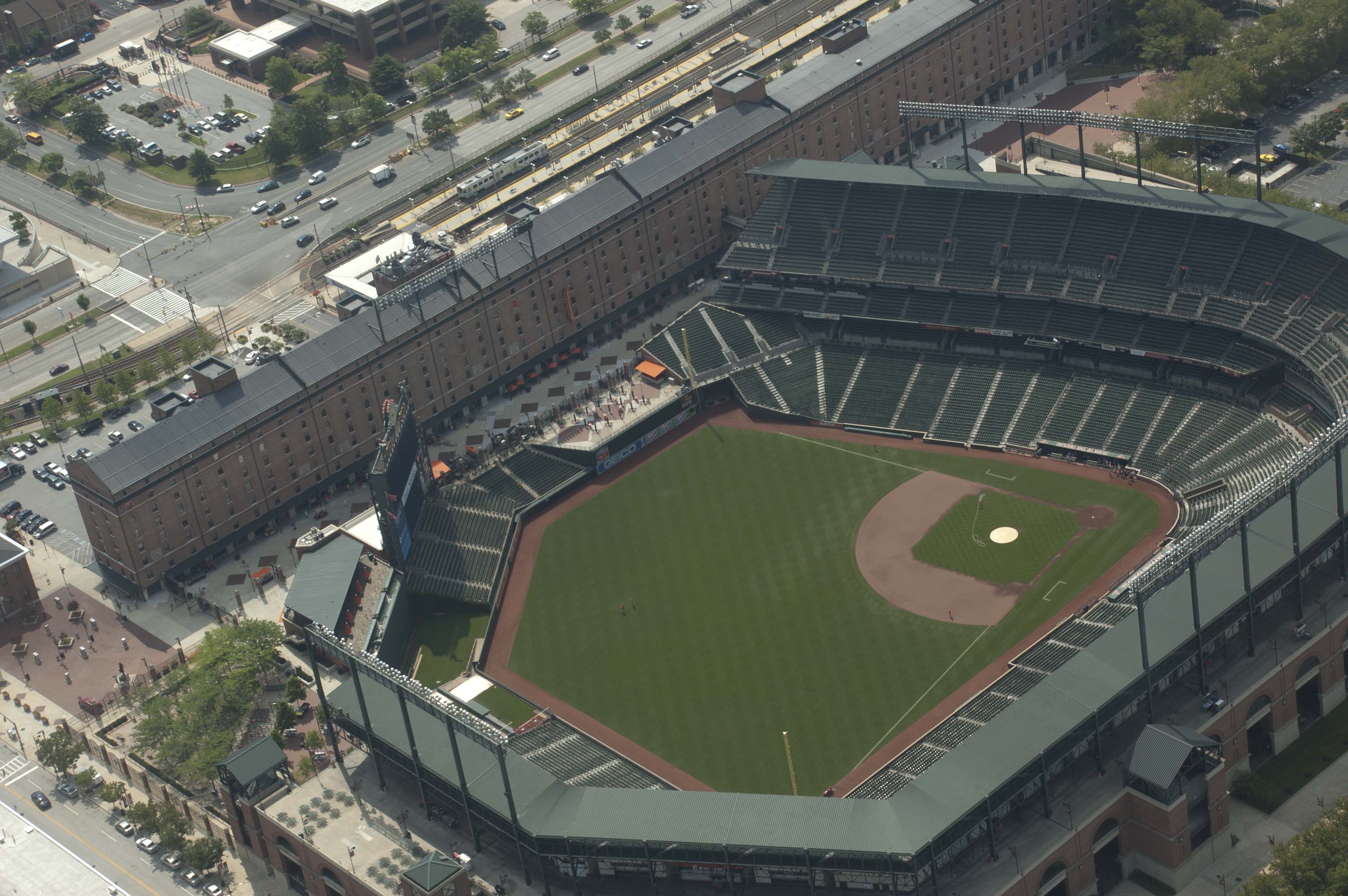
Oriole Park at Camden Yards, home of the Baltimore Orioles baseball team, Eastern Division, American League, Major League Baseball.

M&T Bank Stadium, home of the Baltimore Ravens football (gridiron) team, North Division, American Conference, National Football League.


Heading back to the Tipton Airport, we flew directly over Baltimore-Washington International Airport, catching a Southwest Airlines jet a few feet from touching down.
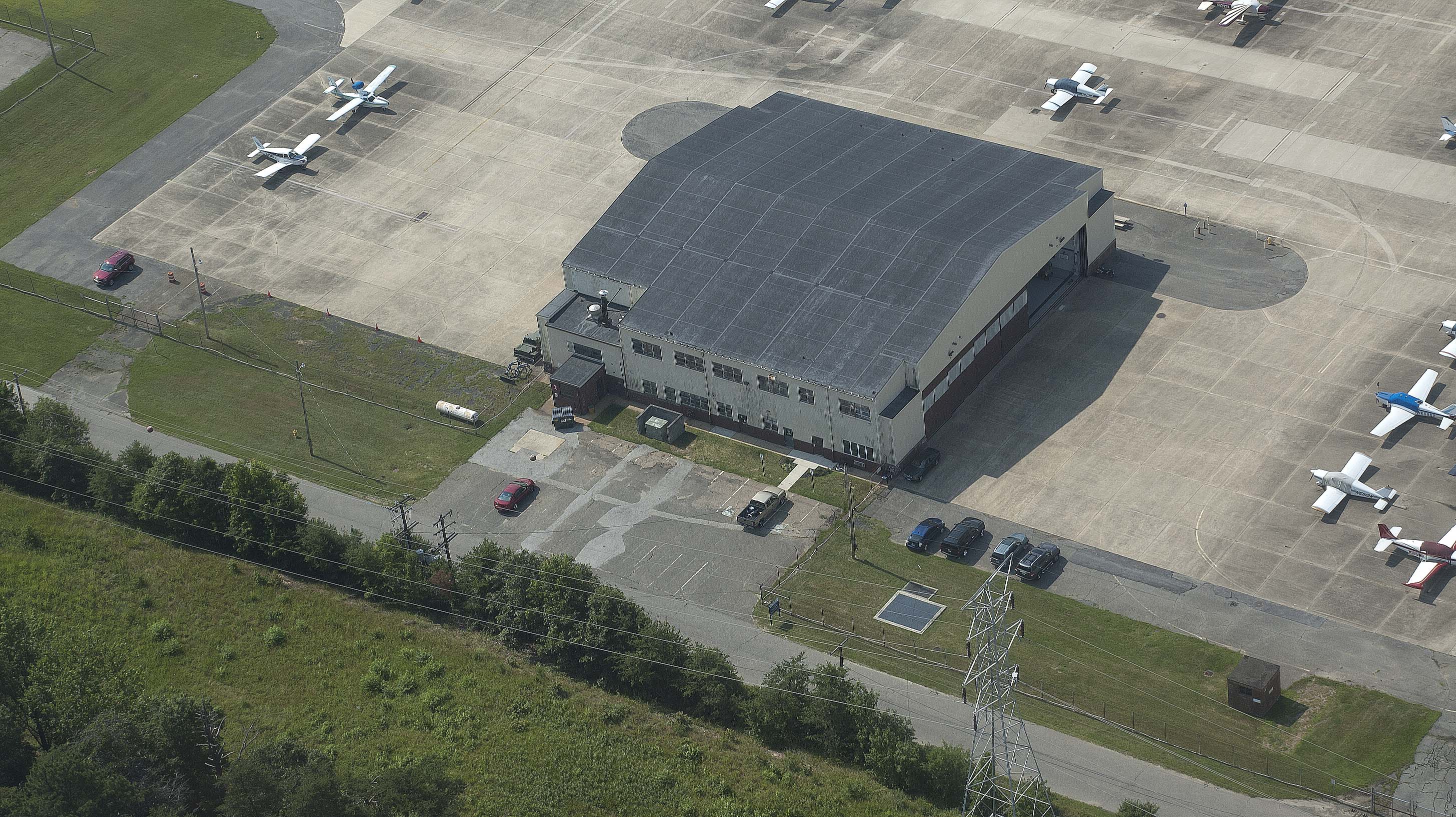
"I can see our car!" (red one to the left in the parking lot).
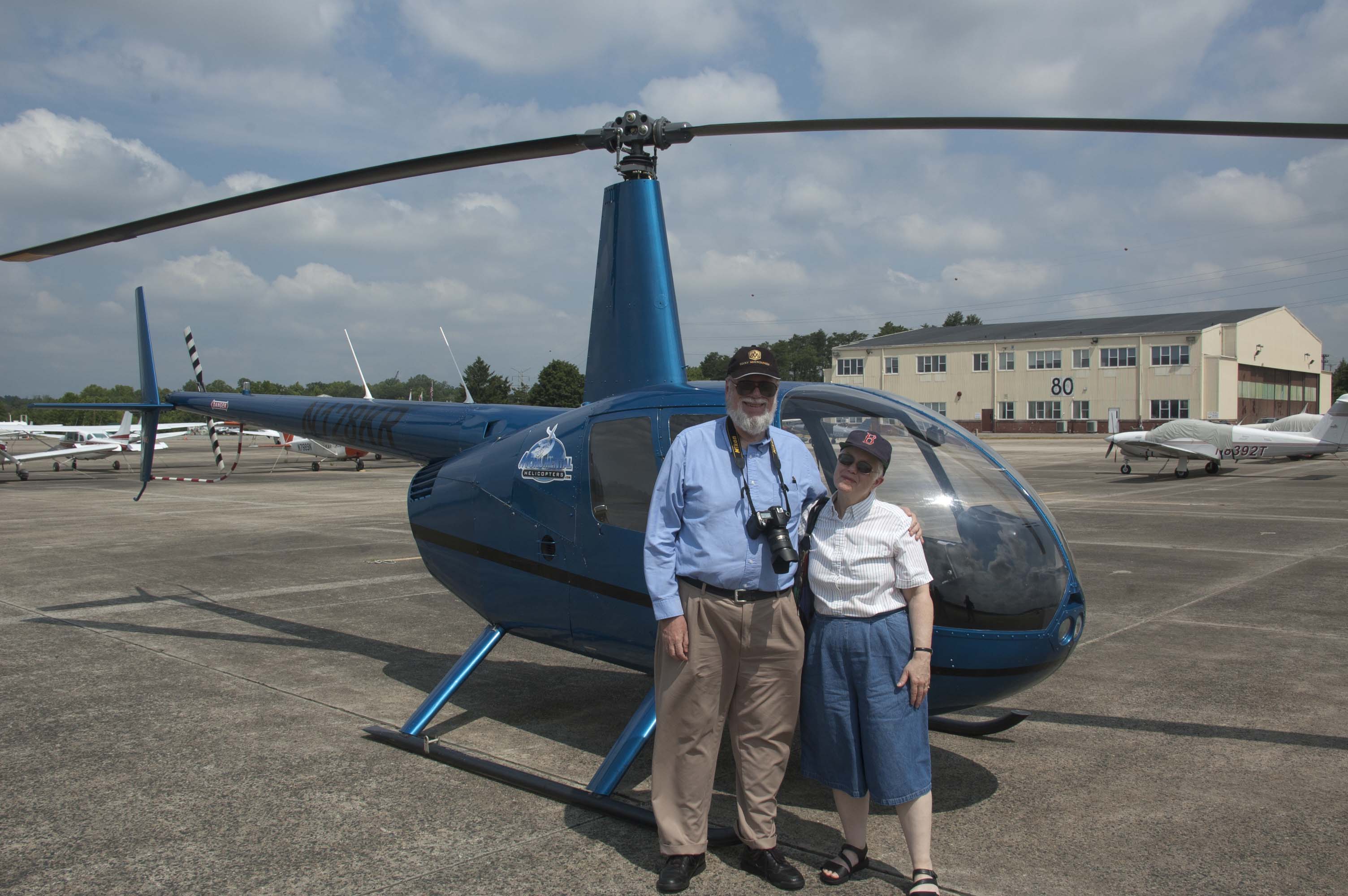
Back safe and sound! But that wasn't enough transportation for one day, so we drove back into downtown Baltimore to the B&O Railroad Museum. Readers of our past trips (2005, 2008 and 2013) know we can't pass up TRAINS!
The B&O Railroad Museum (coordinates 39.285713, -76.632643) is comparable to the York Railway Museum (see our 2005 trip, warning this is a 32MB PDF file). Although the B&O Railway Museum is US-centric, it is not exclusively Baltimore and Ohio equipment. There is a standard gauge heavy Shay from West Virginia, a GG1 electric from the Pennsylvania Railroad (sadly not on display; John remembers seeing and riding behind GG1's right up to his college days), and two camelback locomotives. There are also three model railroads (outdoor G-scale and indoor HO-scale layouts in Baltimore and an O-scale layout in Ellicott City, Maryland).
We'll restrain ourselves with just a few images. The museum website has photos and histories for most of the collection. Neither number 305 nor 9913 (an RDC-1) are not included in the museum website as of this writing. The largest fleet of Rail Diesel Cars was the Boston and Maine; these were still being used in commuter service when we moved to the Boston area in 1976. The final frame struck our fancy -- grass growing between the tracks on top of a flatcar.
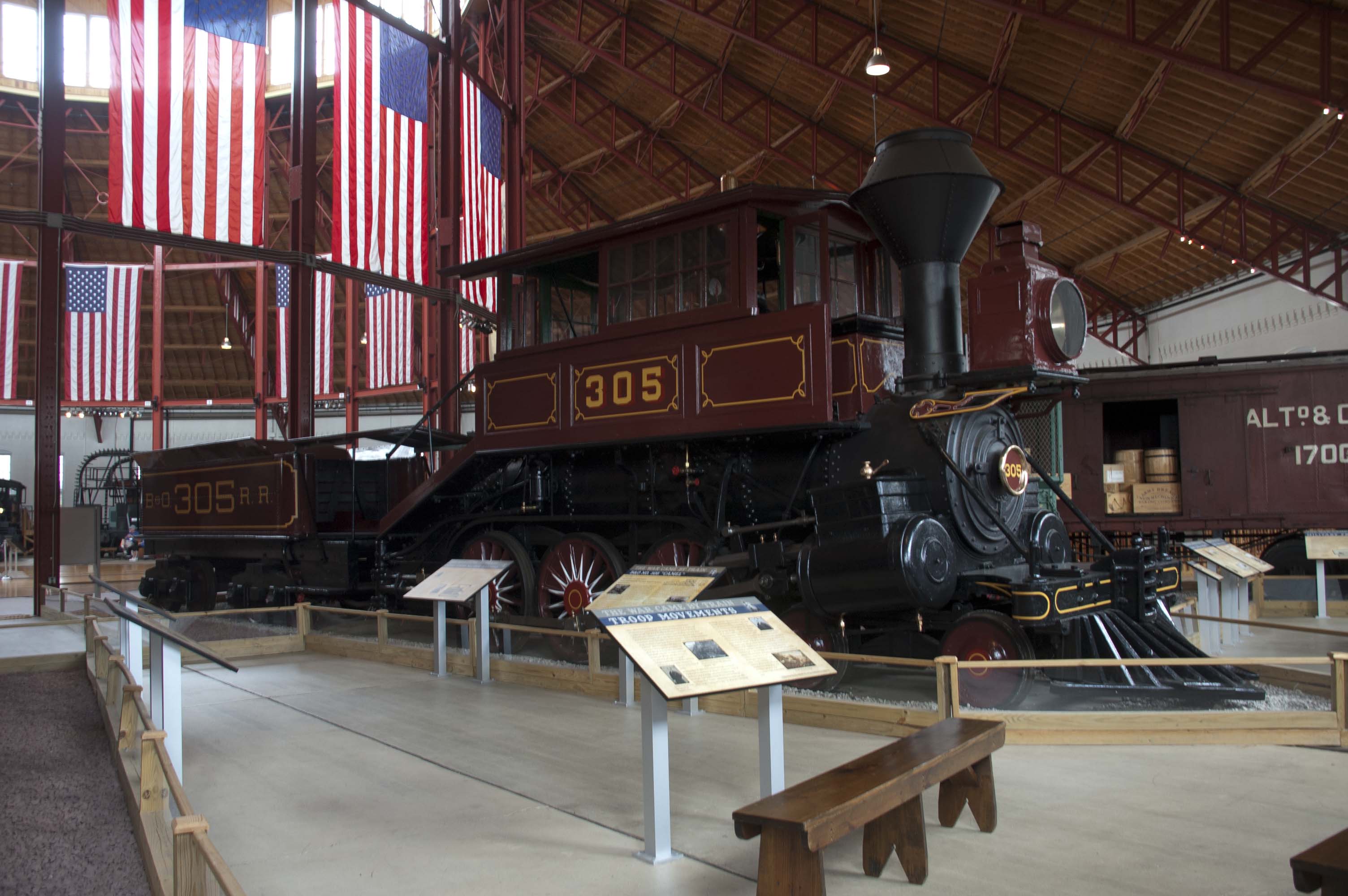


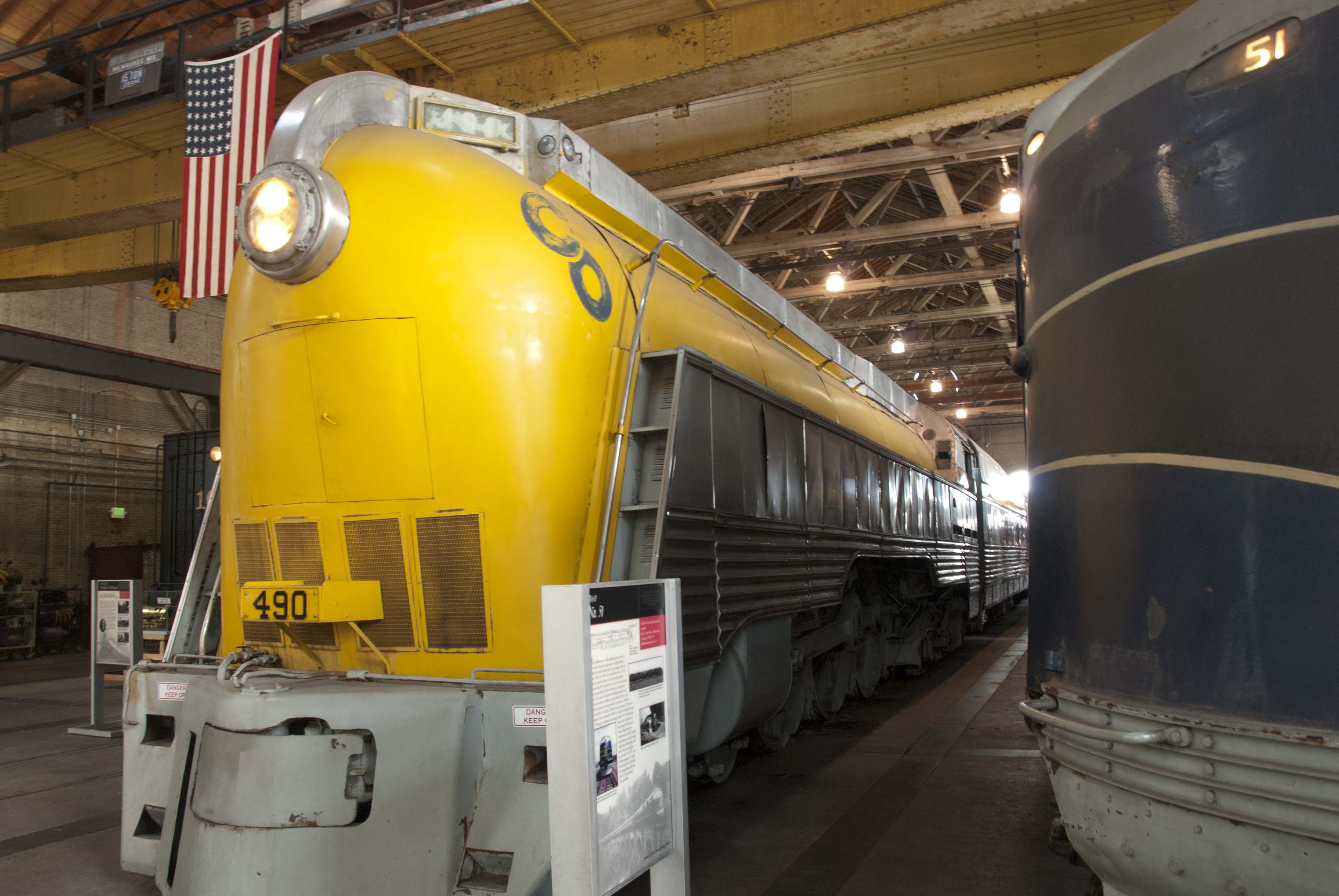
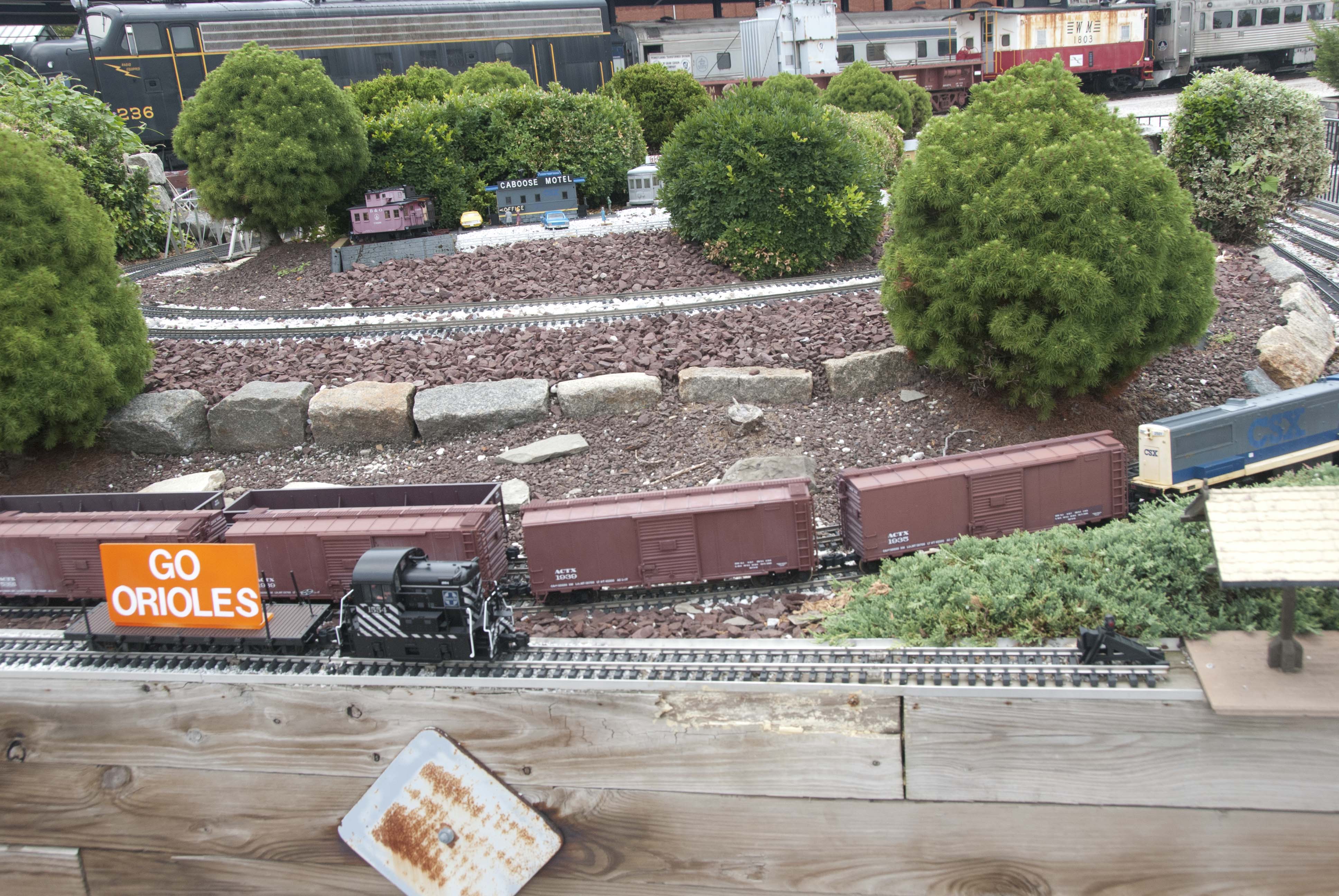

Dozens of frames were shot during our visit with our children and granddaughter. Many of the pictures were taken by Renee or Alex rather than us, either because we are in the picture or the better shot was obtainable by a smartphone rather than a DSLR (which often the case for the classic "snapshot"). I even used a smartphone last year in Canada because we were walking without cameras after dinner.
Nora was a bit less than nine months old when we visited.
"Grandad said something about indoctrination and then went 'Toot toot' Grandparents can be strange at times, I guess."
"He also said he got this hat from Sydney. Who's Sydney? Does Sydney have one that fits better?"

"Grandma's more fun, she knows silly songs!"

Omer Brown was a high school classmate and friend of John's. Sandy Cannon-Brown employed Alex in the period between his graduation from American University and his following Renee to Milwaukee while she did her masters and doctorate at Marquette University. We've been trying to get together for years, but when we have been traveling so have they. But this year we picked the right week and arranged the itinerary accordingly.
St. Michaels is a small, quaint town on the Eastern Shore (Delmarva Peninsula). The coordinates are 38.787397, -76.220221 (using the Chesapeake Bay Maritime Museum at the reference point). To get there from Baltimore, we drove over the Bay Bridge we had seen from the helicopter. As the website for St, Michaels says, "During the War of 1812, St. Michaels gained its name as "the town that fooled the British". The residents of St. Michaels, having been forewarned that British barges were positioned on the waters to attack with cannon fire, hoisted lanterns into the trees above the city. This first successful "blackout" fooled the British into overshooting the town's houses and shipyards. Only one house, forever since known as Cannonball House, was struck."
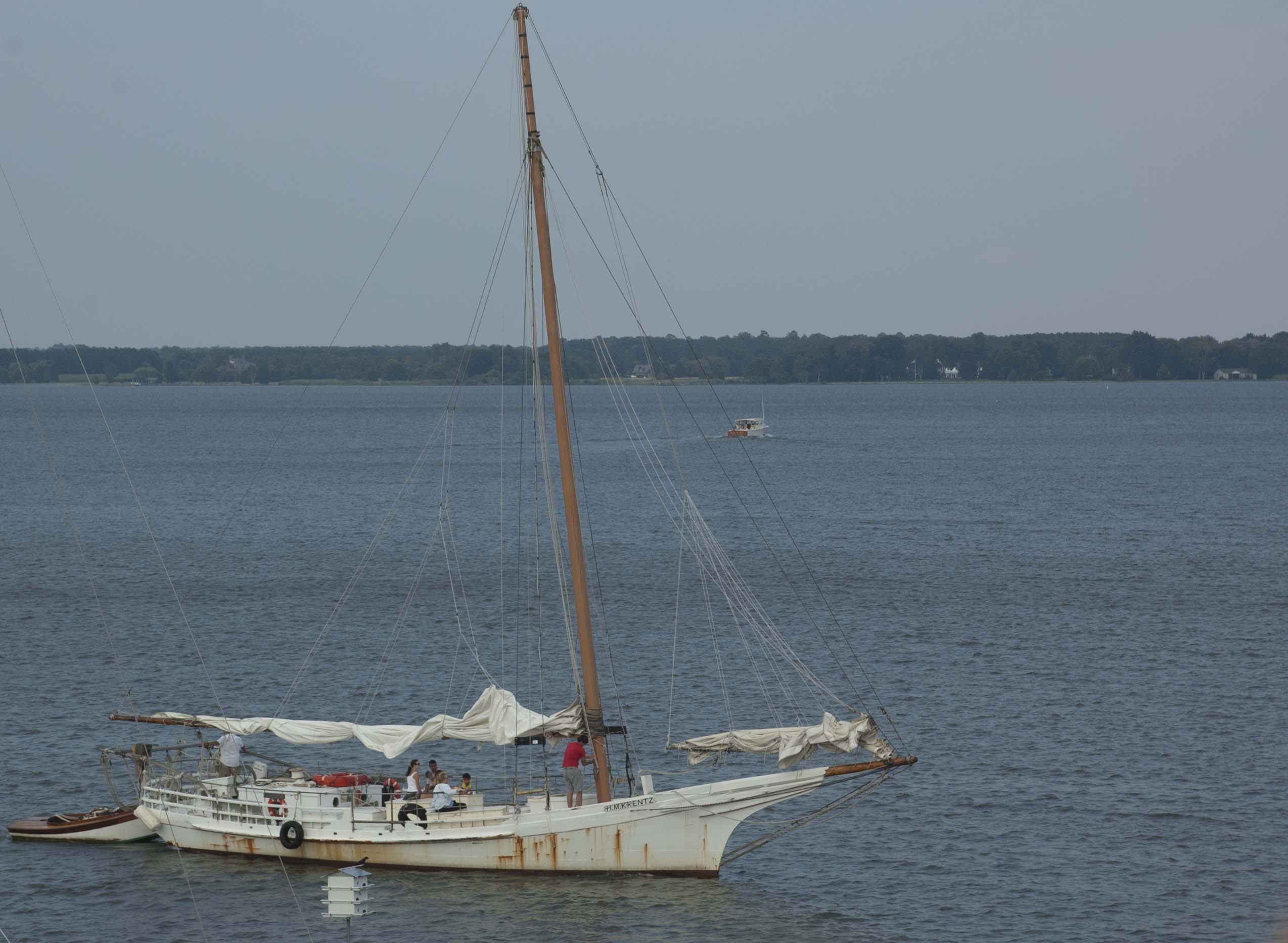
A skipjack, the traditional oyster dredger of Chesapeake Bay from the late 19th century to the present and the state boat of Maryland.
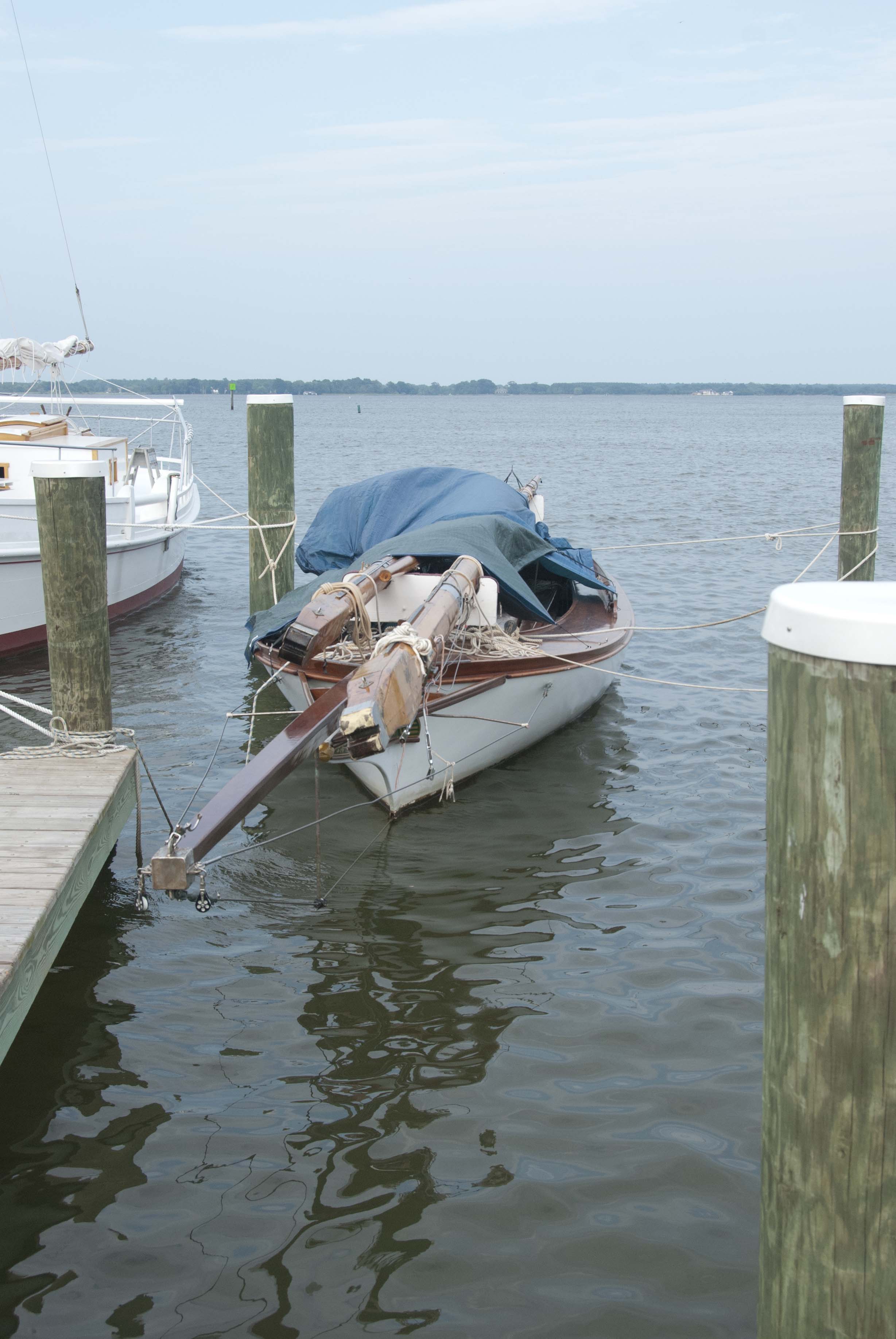
A Chesapeake log canoe, originally a fishing boat type but now used for racing, having a very narrow hull (7 1/2 foot beam on a 31 1.2 foot length is typical, some boats are longer and narrower) and two masts carrying a large amount of sail. The crew uses springboards to balance the craft as the wind increases.
Omer gave us a tour of the Chesapeake Bay Maritime Museum.

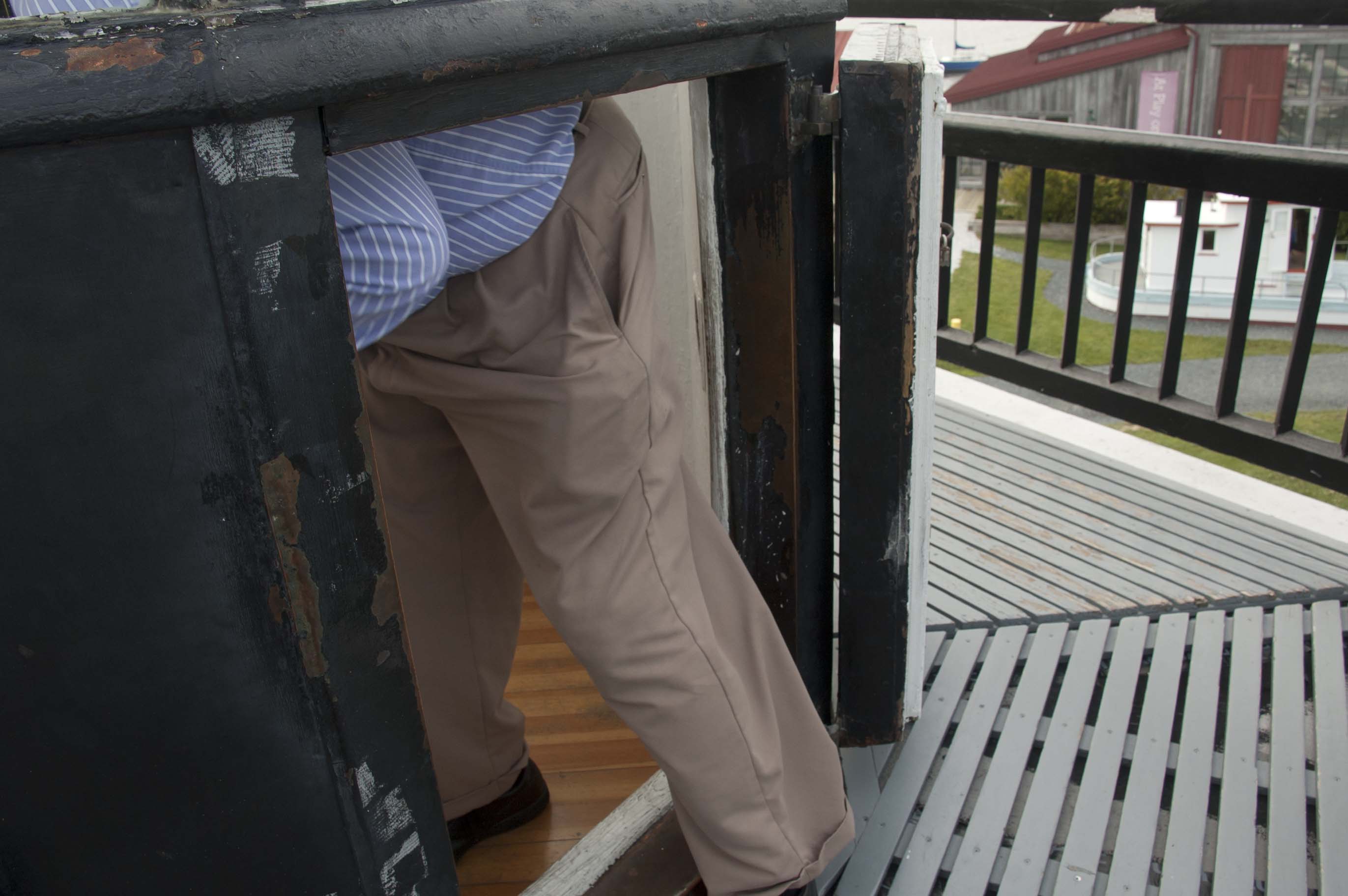
The Hooper Straight Lighthouse was moved from its original shoal location to the museum property. As John found out, however, the lighthouse keepers apparently weren't as tall as he is. Or at least, they didn't go outside very often!

Then, Sandy joined us for dinner at the Crab Claw Restaurant adjacent to the museum for what Omer called "crab picking" but John calls "crab bashing." You put a massive pile of steamed and seasoned Maryland Blue Crabs in the middle of a waterside table covered by paper, wooden mallets supplied. John as a native Marylander thinks a trip there is a waste if he can't get a meal or two of crabs or real lump crab cakes. This time we didn't have to compete with Renee, who has an amazing capacity for crab.